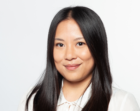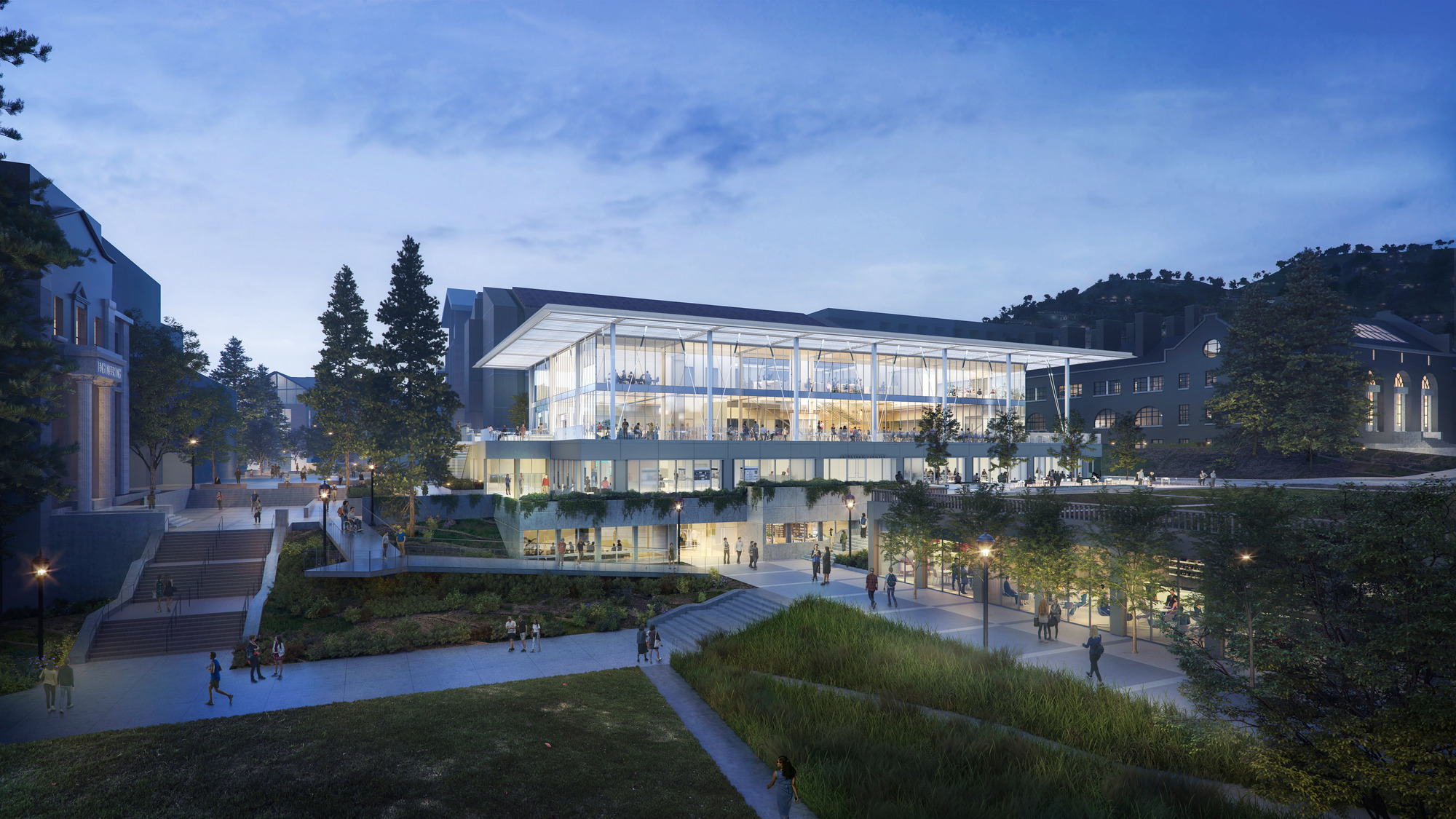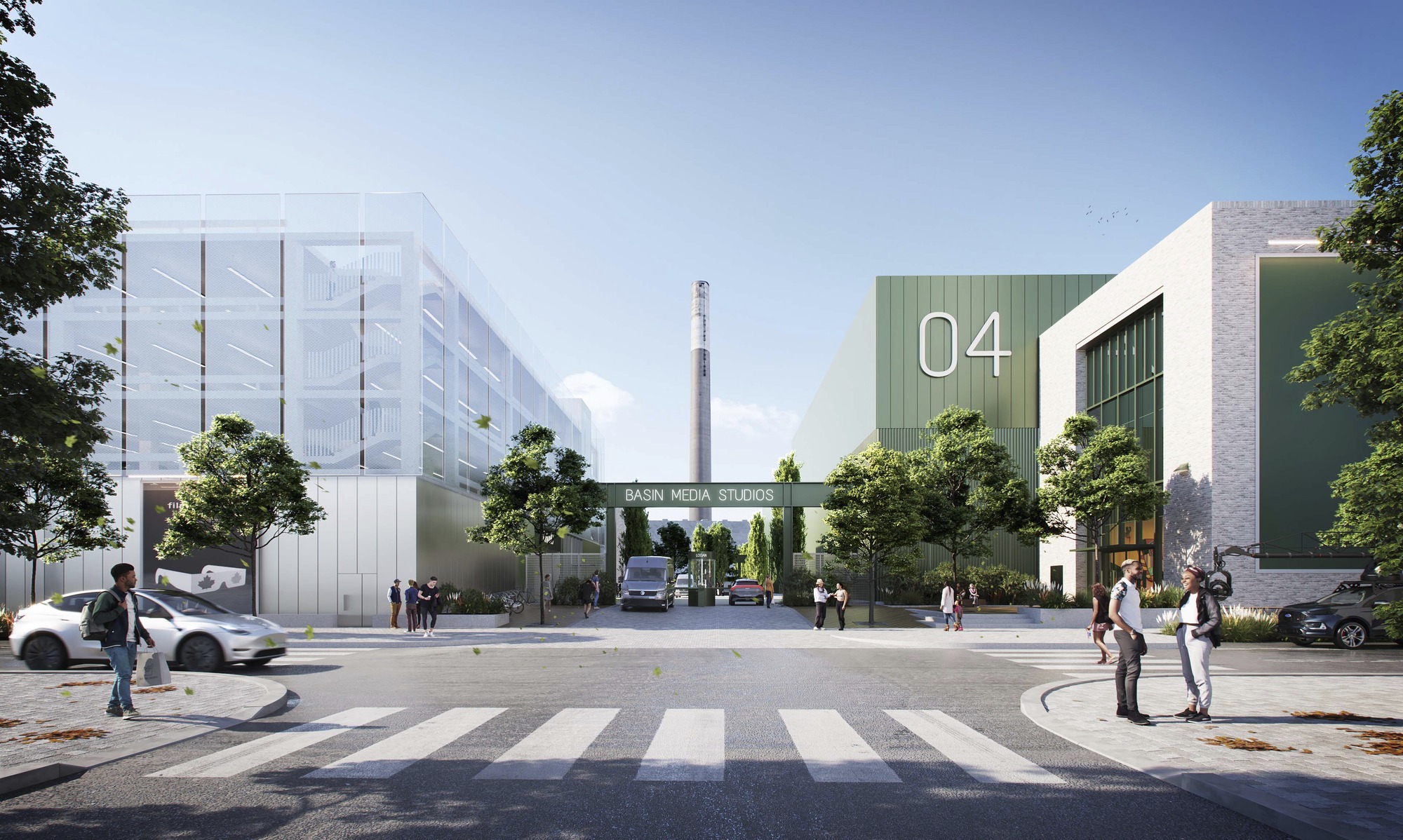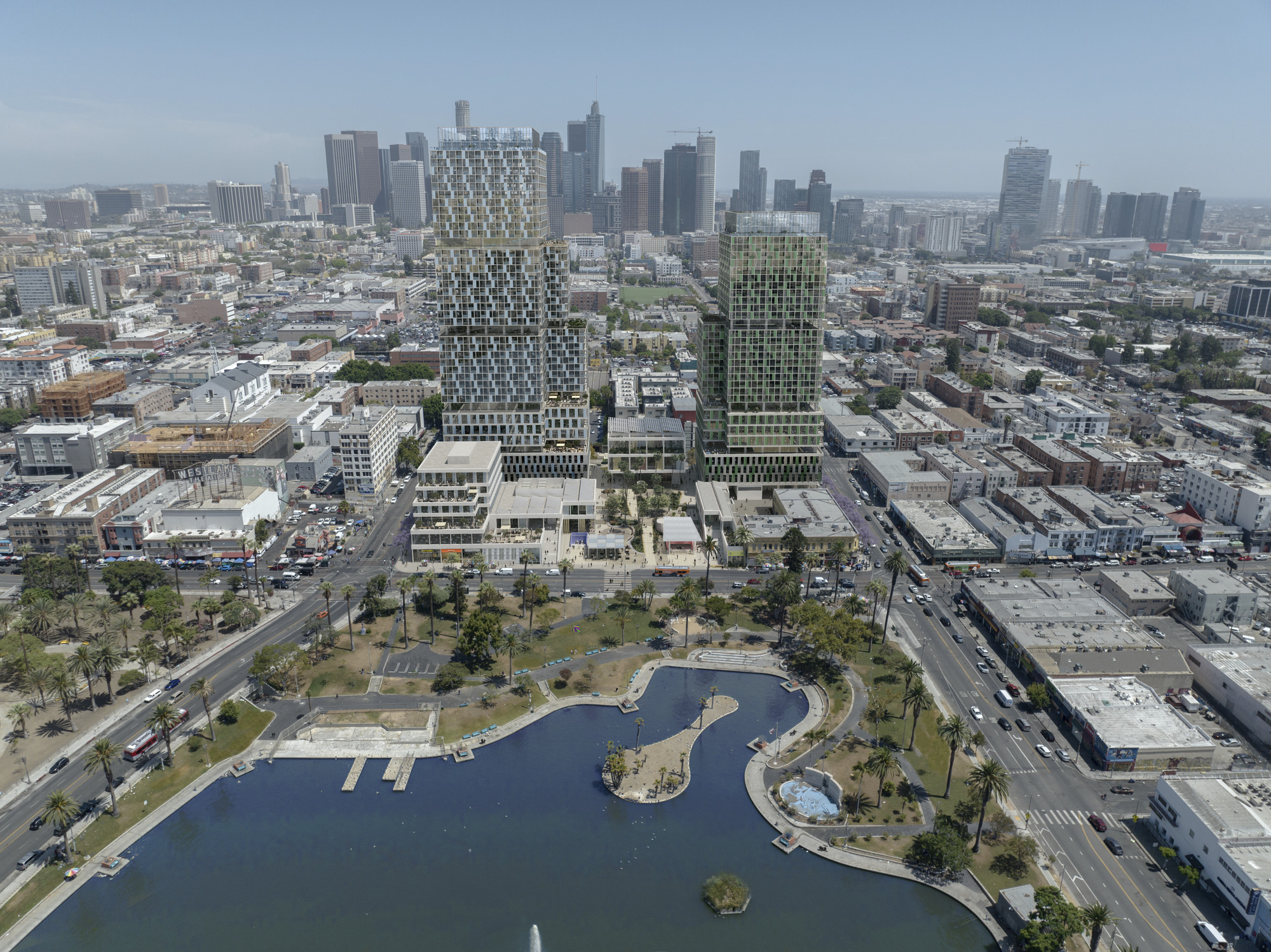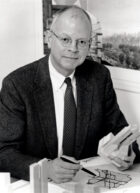Giada Thuong Campigotto
Visualization Specialist
London
Tell us about your favorite SOM project you have worked on and why it’s important to you.
One of the most rewarding projects I have worked on is one of the competitions for The Line in the NEOM region. This project stands out because it merges visionary design with some of the most extraordinary visuals we had to produce in recent years. When architecture transcends the ordinary, it ignites our creativity as visualizers, allowing us to stimulate everyone’s imagination.
How has your culture had an impact on the perspective you bring to your projects?
I have a very mixed background. Having been born in North Vietnam and growing up in Italy has significantly shaped the perspective I bring to my projects. This unique combination of cultures has provided me with a rich and multifaceted way of thinking from an early age. I learned very early on that life is rarely black or white; instead, it is filled with various shades that require deeper understanding and appreciation. This cultural blend has taught me to be observant and to look beyond the surface. Therefore, I strive to uncover the smaller, often overlooked details that can make a significant difference in the project’s communication. This nuanced approach allows me to appreciate and incorporate diverse viewpoints into my work.
Why is Asian American and Pacific Islander Heritage Month so important to recognize in the AEC profession?
Architecture, as a broader field, shapes spaces and cities all over the world, and it is essential that architects represent the diverse communities and cultures they aim to serve and transform. Inclusive initiatives like Asian American and Pacific Islander Heritage Month play a vital role in this context. They provide an opportunity for professionals in the AEC industry to gain a deeper understanding of the rich and varied backgrounds that make up our society. This understanding is crucial for creating designs that are not only functional and aesthetically pleasing but also culturally relevant and sensitive.
What are ways that architects and engineers can better foster inclusivity and help their AAPI colleagues succeed?
One way architects and engineers can foster inclusivity and help their AAPI colleagues succeed is by creating and nurturing inclusive environments. This involves actively mentoring people from all backgrounds, ensuring that everyone feels valued and respected. It is important to be open to different points of view and to embrace the unexpected insights that come from diversity.
In my experience, I am fortunate to be part of a highly diverse group in the visualization team here in London, with a rich mix of genders, ages, and ethnicities. This inclusive environment where all ideas are shared and heard has been instrumental in my professional growth and I am sure it will be in the future!
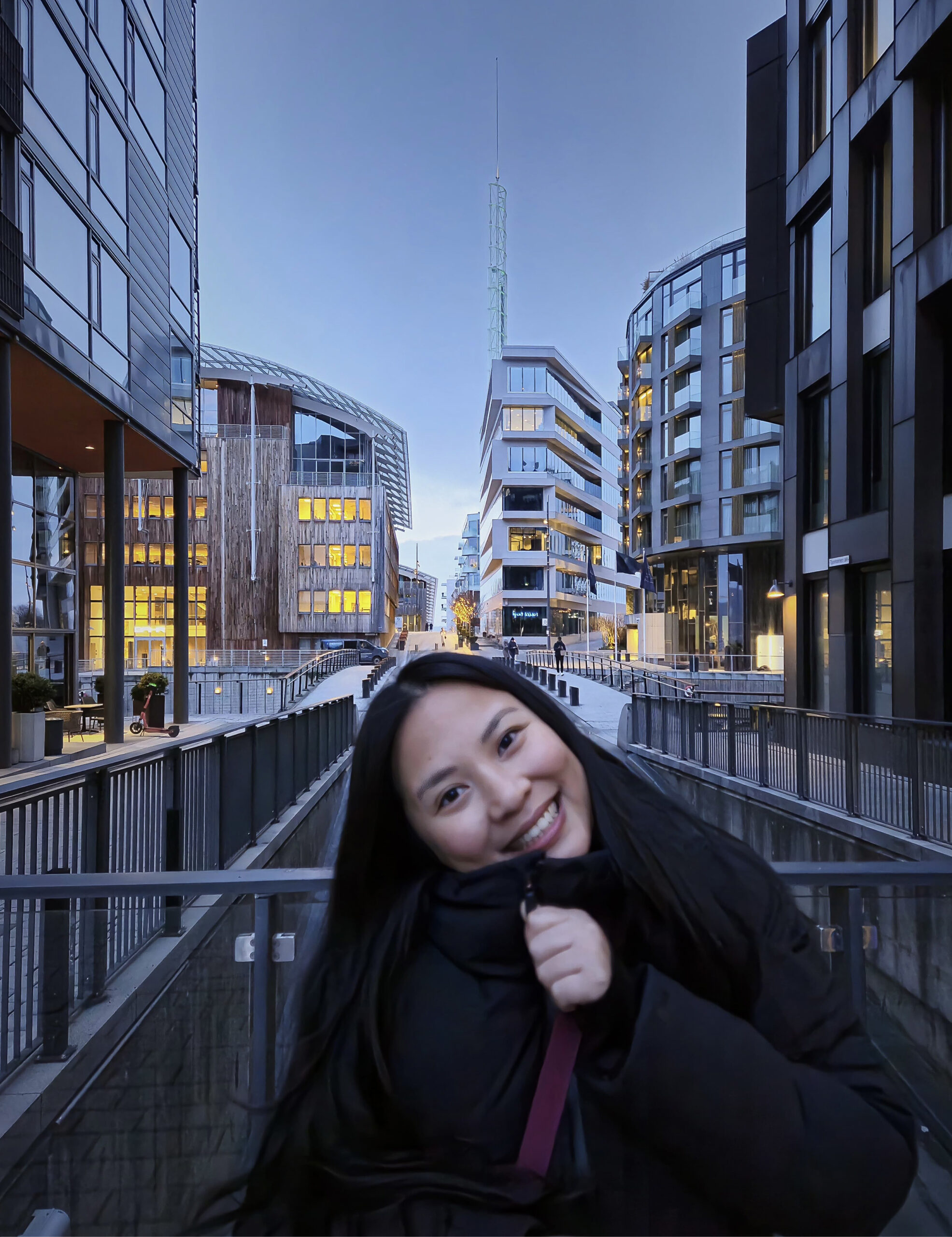
How has SOM or the Asian Alliance created a sense of belonging for you?
When I first joined the office, I was pleasantly surprised to discover the presence of numerous inclusivity and diversity groups, including the Asian Alliance. This realization was incredibly heartening as it highlighted the company’s commitment to fostering a diverse and inclusive environment. It made me feel reassured that I would have a space where I could openly express my thoughts and experiences. More importantly, it provided me with a sense of belonging, knowing that there were dedicated groups focused on supporting and celebrating our diverse backgrounds. This welcoming atmosphere has made my transition into the company much smoother and has reinforced my belief in the importance of inclusivity in the workplace.
What are some of your interests outside the office and how have they shaped your professional life?
Outside the office, I have a deep passion for traveling and documenting my experiences through both digital and analog photography. My digital photography primarily focuses on capturing urban landscapes and wild scenery, which I love to share with my family and friends. Analog photography, on the other hand, requires patience, attention to detail, and a keen eye for composition. It has taught me the importance of waiting for the perfect moment and meticulously framing the shot to convey a specific story or emotion. These skills translate directly into my professional life as a visualizer, where I have learned to be detail-oriented and strategic in my approach to projects. Both forms of photography have also enhanced my creativity and ability to see things from different perspectives, which is invaluable and remind me of the importance of balancing speed with quality and the power of a well-crafted narrative through images.
What advice would you share with aspiring architects?
Be bold and embrace the big changes that are coming to our industry through AI and technological development. Do not fear these advancements; instead, view them as powerful new tools that can help you achieve even higher standards while designing.
Sepideh Omoumi
Senior Designer
San Francisco
Christina Shin
Junior Designer
Los Angeles
Inho Rhee
Principal
Chicago
Tell us about your time at SOM and a favorite project you have worked on.
Tianjin CTF (pictured below) is 530 meters tall—the world’s seventh tallest tower and one of the most structurally integrated buildings with many features while achieving functional responses and aesthetics of architectural expression.
Chinatown Library (above) is a two-story, 1,600-square-foot branch library and is designed to serve as a community center in the junction between old and new Chinatown in Chicago. Experiencing how this little piece of architecture can contribute to the community and neighborhood has been truly rewarding.
These two back-to-back projects demonstrate how SOM provides a variety of the projects and different experiences.
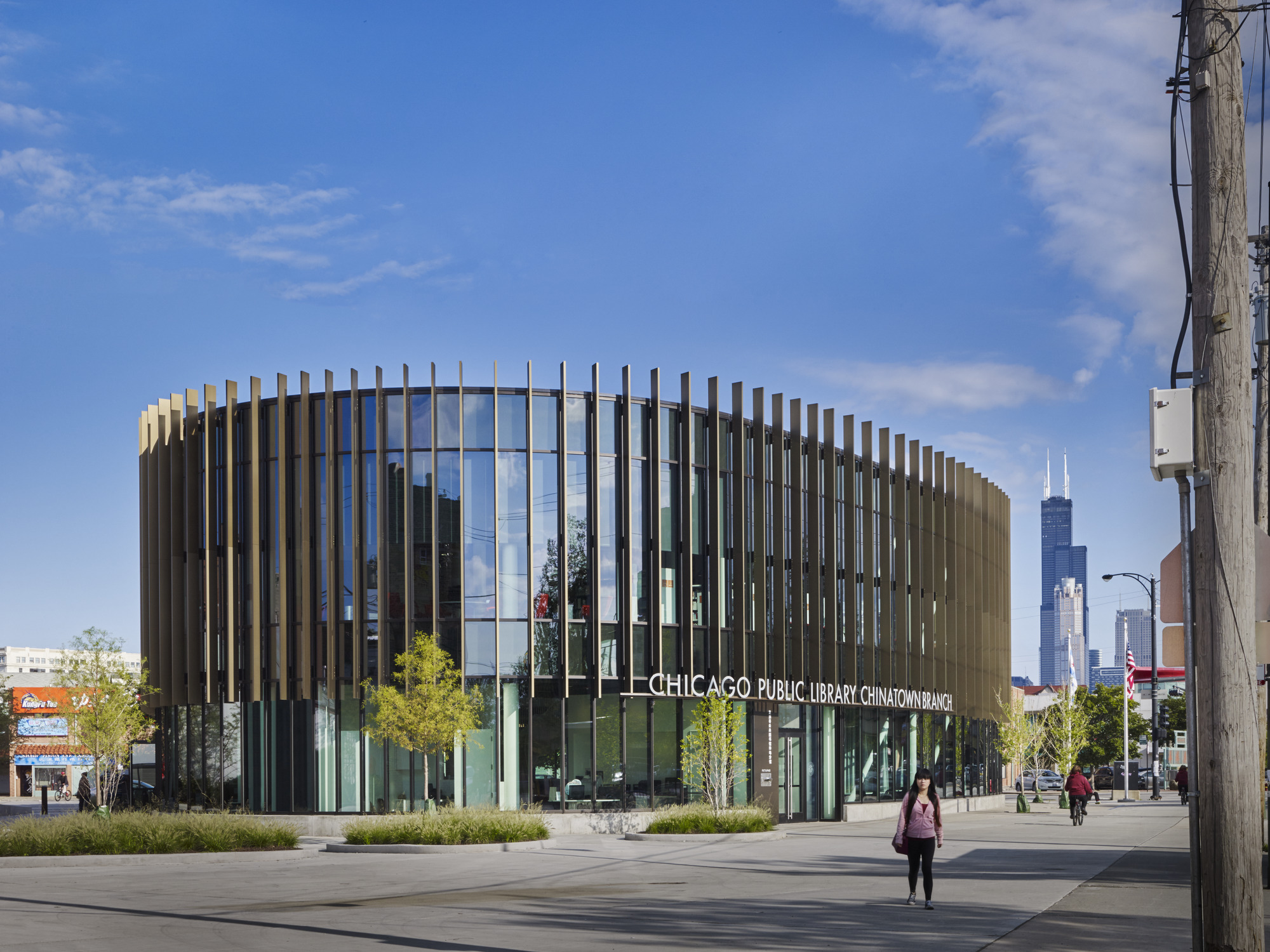
How has your culture had an impact on the perspectives you bring to your projects?
My cultural background has the virtue of listening and understanding before you speak. Sometimes it can be perceived as shy and timid, but through the experience and built knowledge, it helps me to build trust from the client and leadership.
What are some of your interests outside the office and how have they shaped your professional life?
I enjoy traveling to see many different cultures, history, architecture, etc. Whenever I travel to see old and new, it broadens my experience and perspectives. Also, watching movies and TV dramas stimulates art directing, storytelling, and outside-the-box thinking.
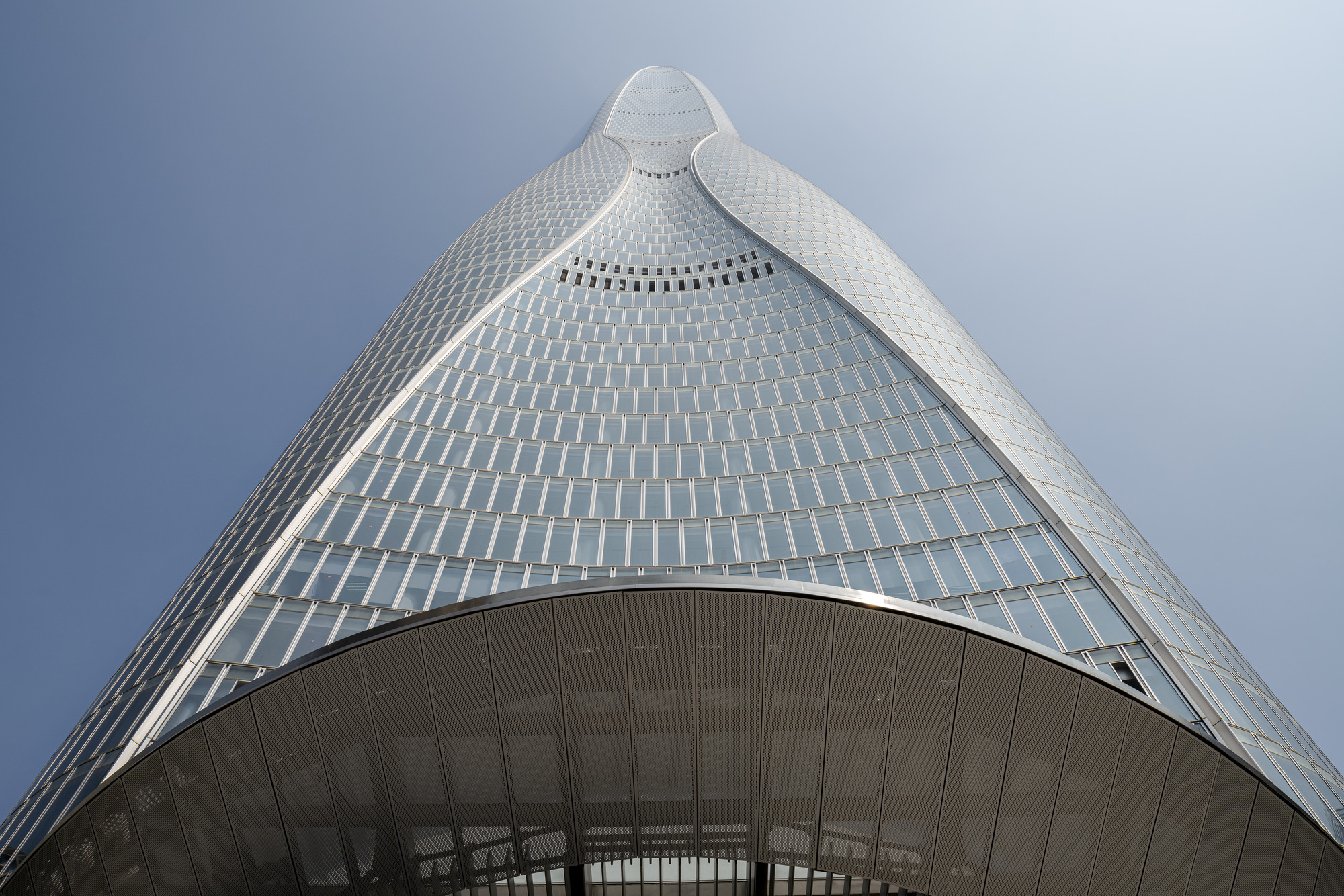
How has SOM or the Asian Alliance helped to create a sense of belonging for you?
SOM as a global practice firm has many projects all over the world, and I have been fortunate to work in so many different countries and with so many different types of projects. With all those experiences over the past 20 years, I never had a feeling that I was excluded from any process of the project and/or opportunities. SOM leadership shows patience, open mindedness, and equal opportunity, and that makes me feel proud to be part of the firm.
What advice would you share with aspiring design professionals?
Sometimes people feel equal opportunity and inclusivity are not provided. But it does come someday. We have to be patient and look at the future in a longer term. At the same time, you have to be ready to take the responsibility and demonstrate your capability when the opportunities come. Never stop trying and improving yourselves.
Yunlu Shen (Lulu)
Associate Principal, Structural Engineering
New York
Tell us about your time at SOM and a favorite project you have worked on.
I started at SOM in 2011 as an intermediate structural engineer after working for two years at an engineering firm. My first thought after starting was, “I need to upgrade my wardrobe!” Working at SOM was very different because I interacted with architects frequently, and no two projects are alike. Every few years my role would shift, and there would be a new set of skills to learn—technical knowledge, of course, but also how to collaborate with others, how to manage project schedule, how to advise younger engineers, how to monitor project finances, how to pursue new business…how to hold all this different information in your head!
For almost half of my time at SOM, I worked on Two Manhattan West from concept design all the way through completion. The project has a unique site that shaped the structural system and, in turn, the architectural expression of the lobby. I loved working with the wide range of stakeholders. I also loved that for most of the construction period I could see the tower being erected from my seat at our new office—I have a pair of binoculars at my desk for site observations.
I’ve been fortunate that most of my projects have been constructed or are under construction: National Museum of the United States Army, High Line – Moynihan Connector Bridge, Pennsylvania State Police Academy. It’s a magical feeling each time I see drawings transform into real structure.
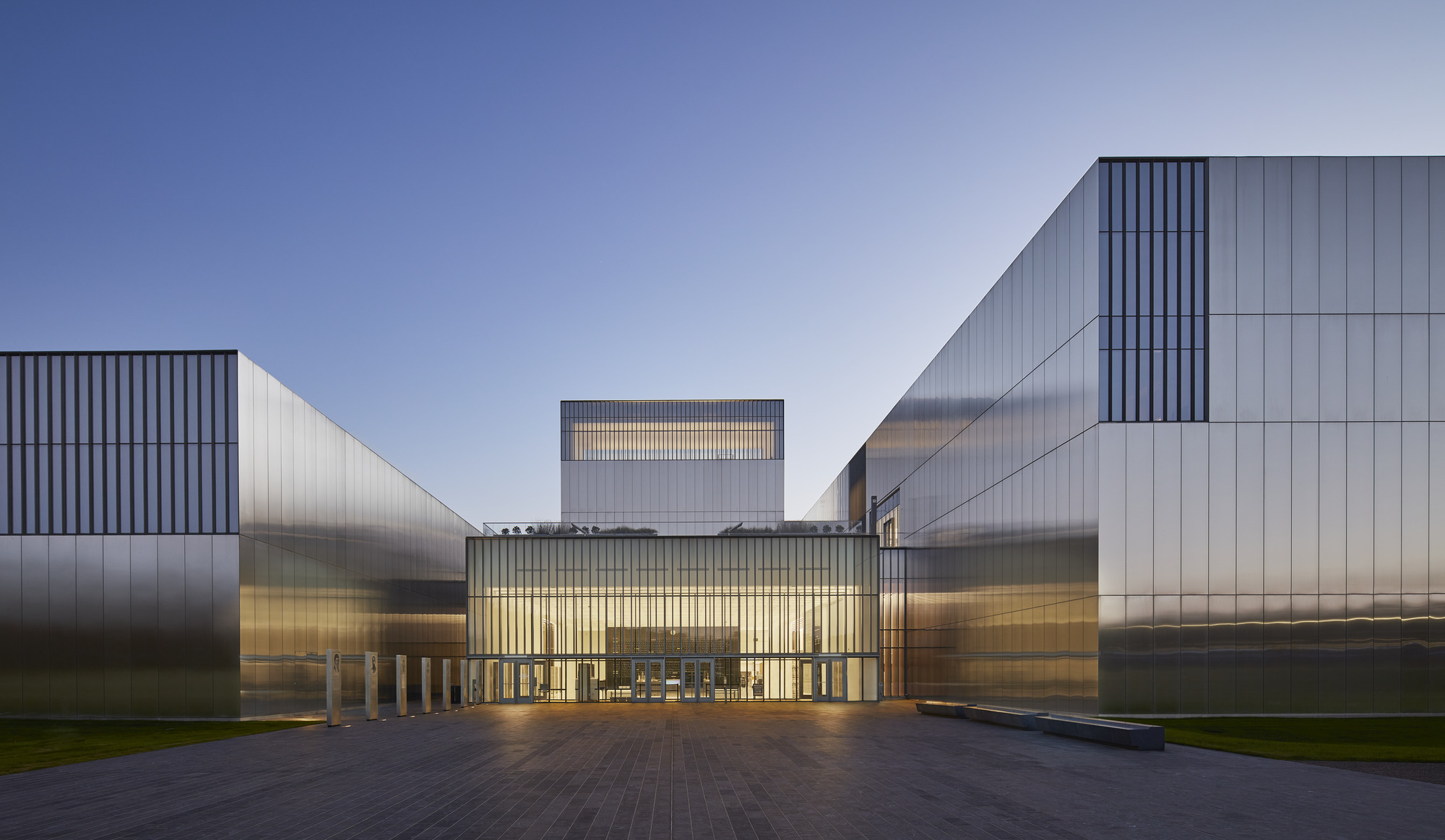
What are ways that architects and engineers can better foster inclusivity and help their AAPI colleagues succeed?
My first supervisor at SOM was Bonghwan Kim. We called him Professor Kim because he was a walking textbook and he would sometimes give me readings as homework. I learned a lot from his meticulousness and his ability to use humor to defuse tension. I also learned how to say, “This is not in our scope,” from him. Bonghwan advocated for me and created opportunities for me to take on more responsibilities.
It was helpful to see another Asian in a leadership role. I think by trying our best to reach our potential, we illuminate and widen the path to success for those who come after us.
How has SOM or the Asian Alliance created a sense of belonging for you?
Being Asian didn’t feel like a significant part of my work identity, as we were always diverse within the structural engineering group, and I was given ample opportunities to grow and stretch.
SOM’s Asian Alliance has allowed us to bring more parts of ourselves to work, to share our stories and cultures with more colleagues. That has made the office feel more human.
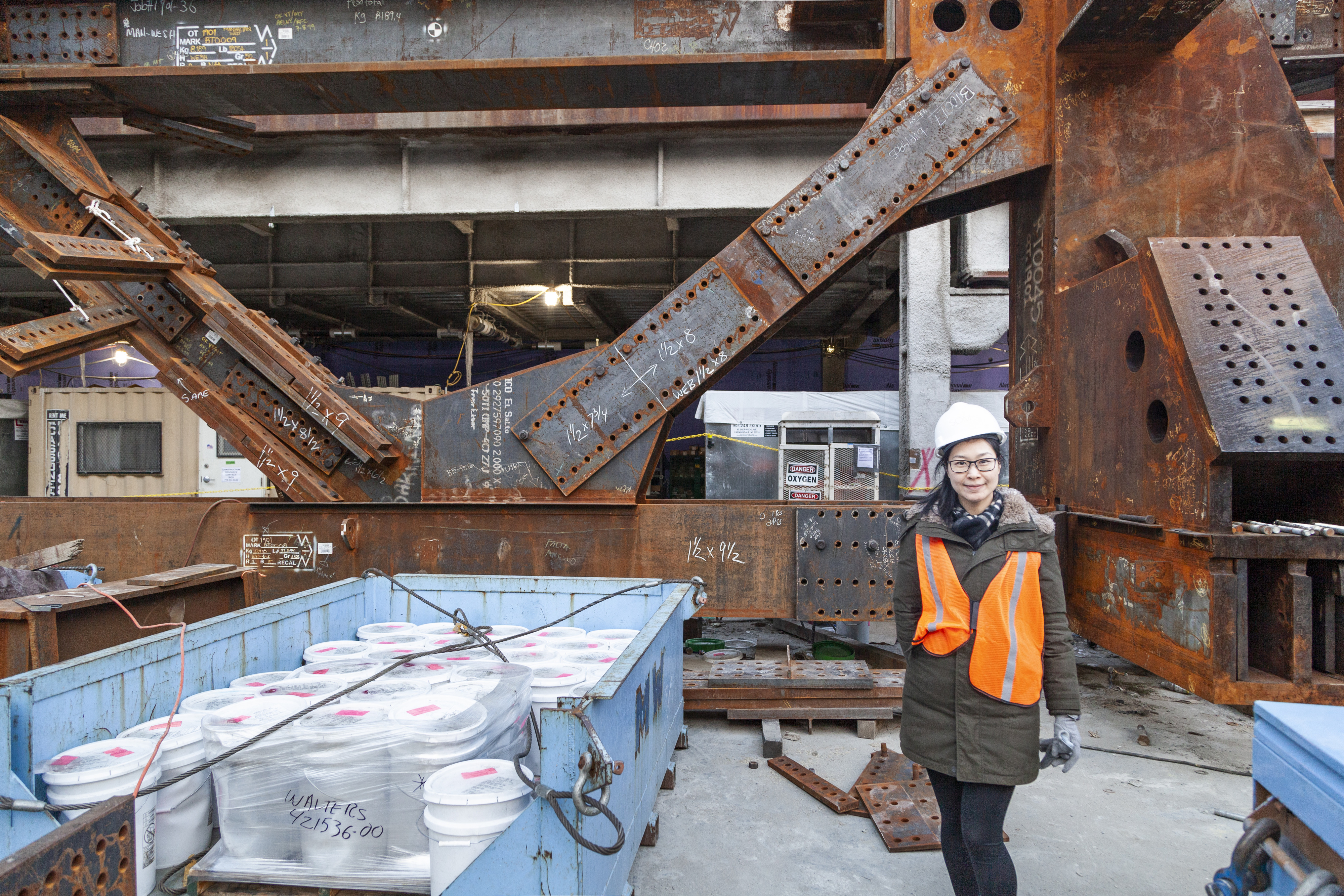
What are some of your interests outside the office and how have they shaped your professional life?
I was active with the Structural Engineers Association of New York from early in my career. I began as a volunteer with the Programs Committee, helping to organize seminars and events. After two years, I became committee chair and then a member of the board of directors. Now I’m the president of the organization. It gave me a window into the professional community in New York, to learn about industry trends and concerns.
Outside of work, I love bike touring in beautiful places. I’ve biked through the West Highlands in Scotland, around the island of Taiwan, Ring of Kerry and Dingle Peninsula in Ireland. I’ve also biked to Far Rockaway with some of my SOM colleagues. There is a fair number of cycling enthusiasts at SOM.
What advice would you share with aspiring design professionals?
Pay attention to the built environment around you. That’s a great, free way to learn.
For my AAPI colleagues, don’t let your beliefs limit you. When I first became an associate, my family thought that I had reached the bamboo ceiling. They also thought that as an Asian, I would only be valued for my technical skills. These beliefs may have been true in the past—and they may still be partially true—but we cannot push the boundaries if we give up trying.
For architects specifically, don’t forget to draw the columns!
Tune in each week as we get to know our AAPI colleagues—the people behind the projects and their perspectives that make our practice stronger.


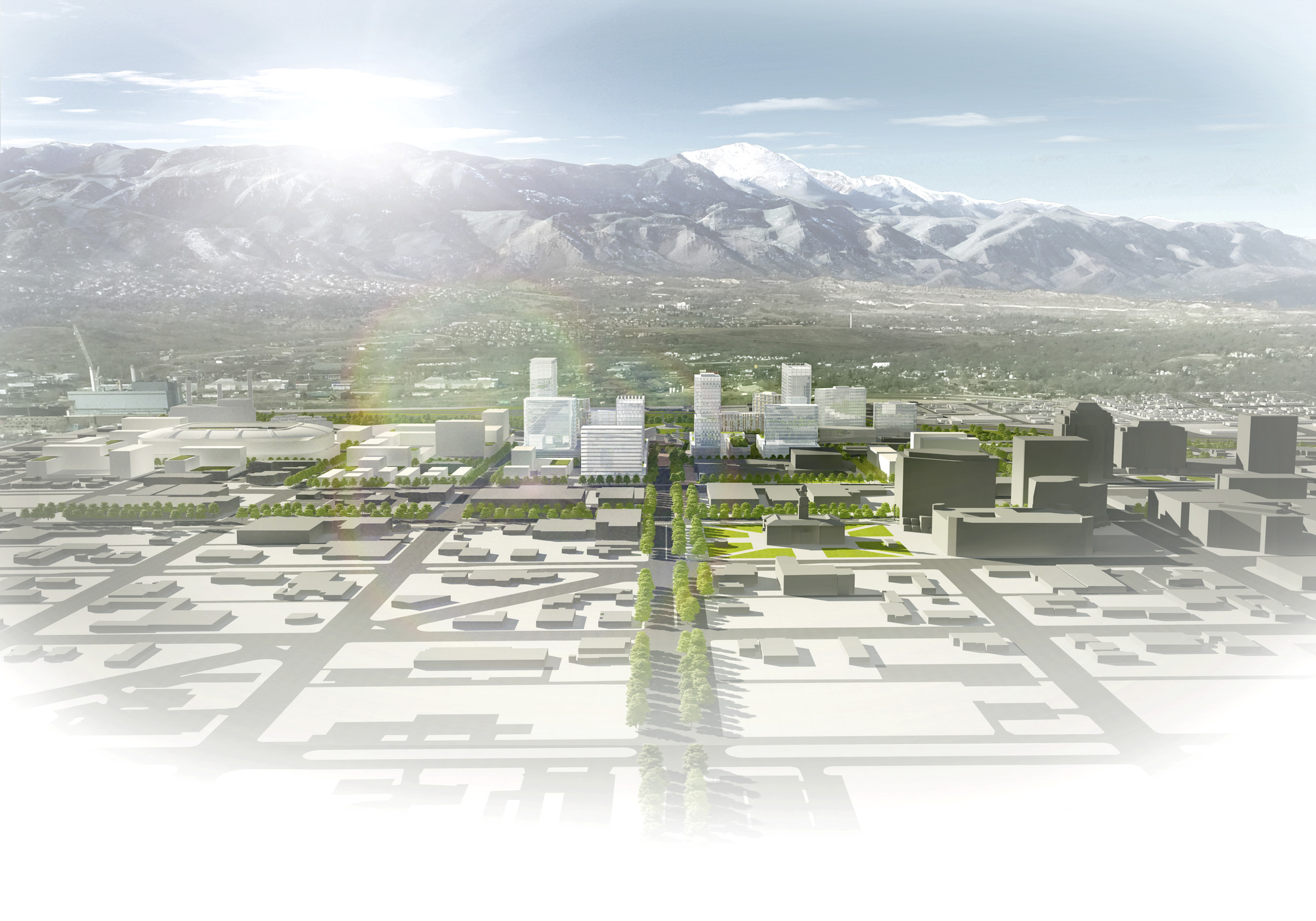 What are ways that architects, engineers, and planners can better foster inclusivity and help their AAPI colleagues succeed?
What are ways that architects, engineers, and planners can better foster inclusivity and help their AAPI colleagues succeed?